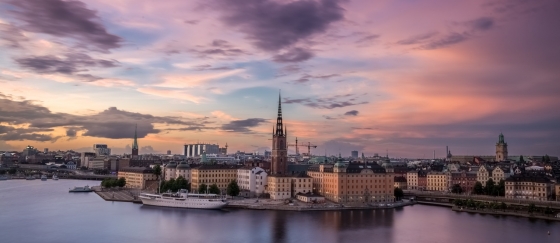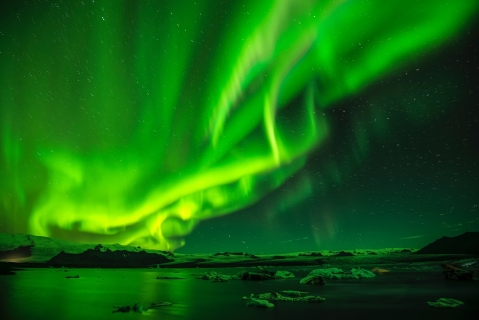Vilhelmina Weather and Climate: A Comprehensive Guide
Vilhelmina experiences great temperature shifts.
The city's weather can transition from pleasant days
to very cold weather.
It receives mid-range precipitation levels.
Letãs explore the climate details in depth to provide you with a complete overview.
Average maximum day and minimum night temperature
The climate in Vilhelmina is known for significant temperature differences throughout the year, making the weather dynamic. Average maximum daytime temperatures range from a pleasant 20ô¯C in July, the warmest time of the year, to a very cold -4ô¯C during cooler months like February.
At night, temperatures typically drop to an average of around -12ô¯C during these months. Check out our detailed temperature page for more information.Temperature ranges by month
Precipitation and rainy days
Generally, Vilhelmina receives mid-range precipitation levels, with 781 mm annually. Significant seasonal changes in precipitation occur throughout the year. During the wetter season, July receives high rainfall, averaging 106 mm of precipitation, recorded across 17 rainy days. In contrast, the drier season, March brings less snowfall, with 41 mm over 15 snowy days. For more details, please visit our Vilhelmina Precipitation page.The mean monthly precipitation over the year, including rain, hail and snow
partly cloudy and no rain overcast and snow partly cloudy and no rainForecast for Vilhelmina
Select a Month of Interest
Check the conditions for any month of the year.
The best time of year to visit Vilhelmina in Sweden
Other facts from our historical weather data:July has an average maximum temperature of 20ô¯C and is the warmest month of the year.
The coldest month is February with an average maximum temperature of -4ô¯C.
July tops the wettest month list with 106 mm of rainfall.
March is the driest month with 41 mm of precipitation.
No idea where to travel to this year? We have a tool that recommends destinations based on your ideal conditions. Find out where to go with our weather planner.




